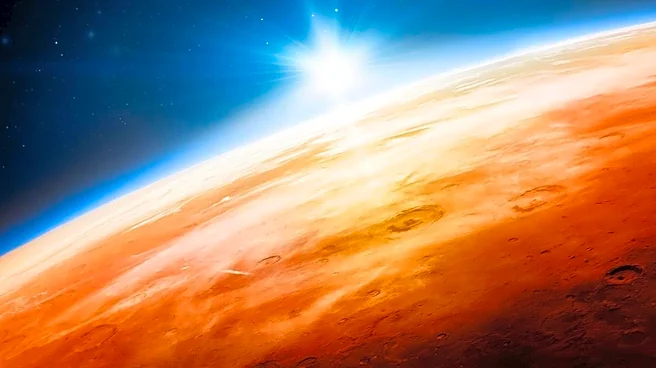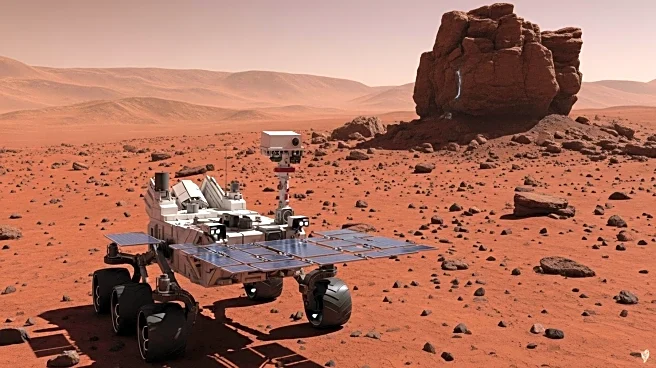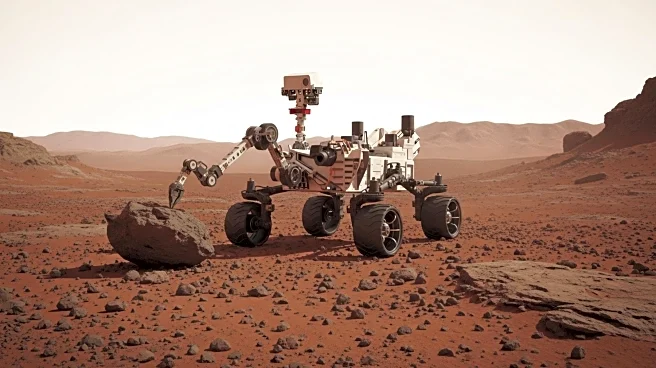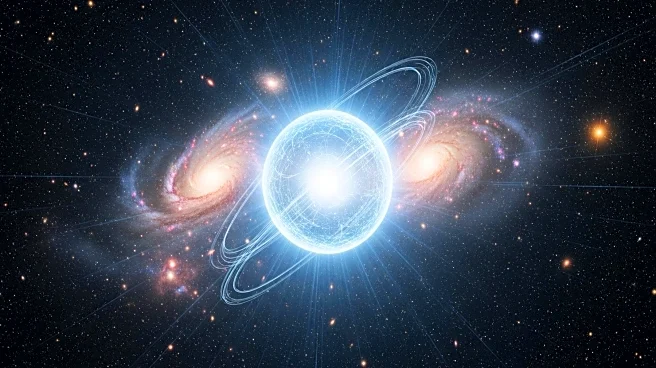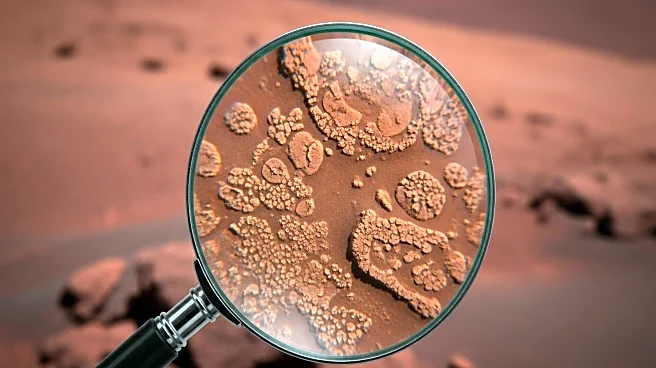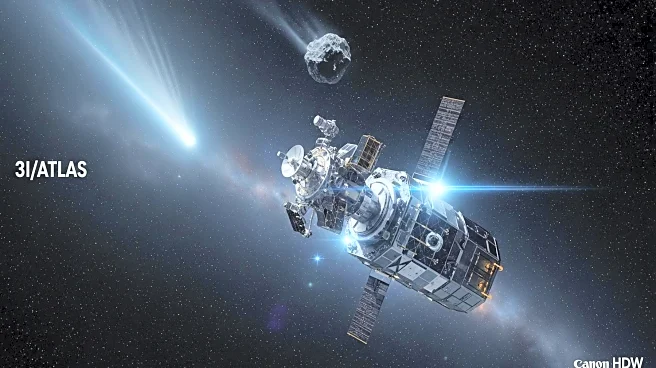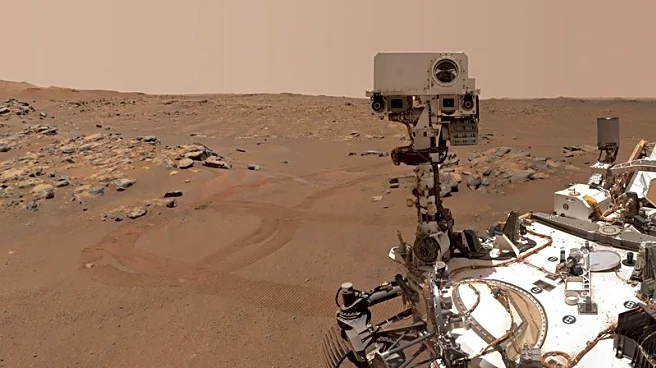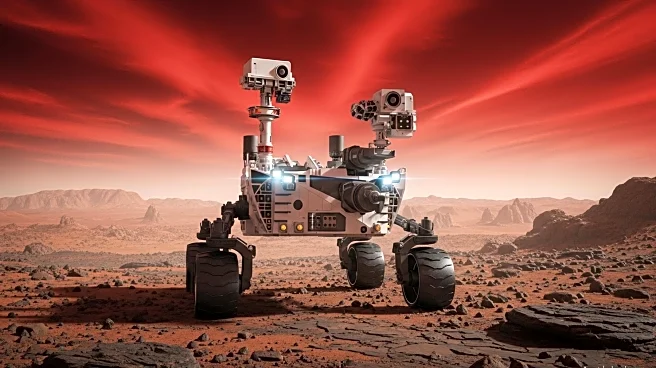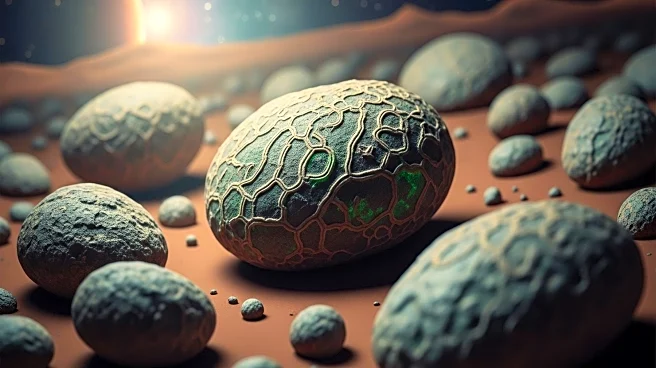What's Happening?
Mars will appear close to the blue star Spica at sunset on September 13, offering a colorful celestial display. Observers will need a clear view of the western horizon to catch this event before both celestial bodies set. Mars will be less than 10 degrees above the horizon, with Spica shining to its lower left in the constellation Virgo. This event provides an opportunity for skywatchers to observe the red planet and the bright binary star system, which is significantly more luminous than the sun. Mars' red hue is due to the oxidation of iron minerals on its surface. As Mars approaches its solar conjunction in January 2026, it will become increasingly difficult to spot in the evening sky.
Why It's Important?
This celestial event is significant for astronomy enthusiasts and the general public interested in skywatching. It highlights the dynamic nature of our solar system and offers a chance to observe Mars, a planet of great interest due to its potential for past life and future human exploration. The event also underscores the importance of understanding celestial mechanics and the movement of planets and stars. Such events can inspire interest in astronomy and science, potentially influencing educational pursuits and public interest in space exploration.
What's Next?
As Mars moves closer to the sun in Earth's evening sky, it will become harder to observe until it reappears as a morning star after its solar conjunction. Skywatchers are encouraged to take advantage of this opportunity to view Mars and Spica together, as similar alignments are relatively rare. Future celestial events will continue to provide opportunities for observation and study, contributing to our understanding of the universe.
